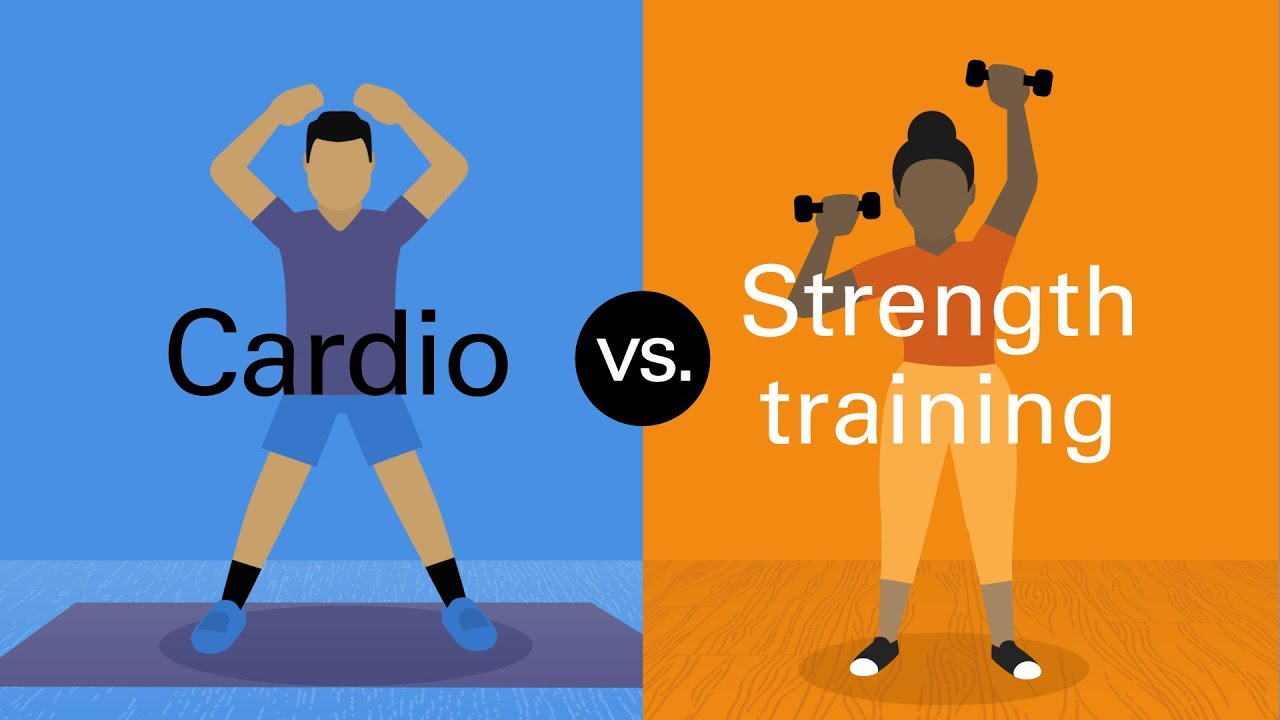Women’s health in the United States has come a long way in recent decades — but challenges remain. From heart disease to mental health, women today face a complex mix of biological, social, and lifestyle factors that shape their well-being.
According to the Centers for Disease Control and Prevention (CDC), chronic diseases account for nearly 80% of deaths among American women each year. However, most of these conditions are preventable or manageable with early detection, healthy habits, and regular medical care.
In this article, we’ll explore the top 10 health issues facing American women today, what causes them, and what steps women can take to protect themselves — based on the latest scientific research and medical guidance.
1. Heart Disease: The Silent Killer of American Women
Overview
Heart disease remains the #1 cause of death among women in the United States, claiming more lives than all cancers combined. Despite this, many women underestimate their risk, often associating heart disease with men.
Key Facts
- 1 in 3 U.S. women dies of heart disease annually.
- Symptoms in women can be subtle — fatigue, nausea, shortness of breath, or back pain — rather than classic chest pain.
Research Insight
A study from Harvard Medical School found that women’s heart attack symptoms are more likely to be misdiagnosed in emergency rooms compared to men’s, leading to delayed treatment and poorer outcomes.
Prevention Tips
- Monitor blood pressure and cholesterol regularly.
- Engage in 150 minutes of moderate exercise weekly.
- Eat a heart-healthy diet rich in whole grains, omega-3s, and antioxidants.
- Avoid smoking and manage stress through yoga, meditation, or counseling.
2. Breast Cancer: Early Detection Saves Lives
Overview
Breast cancer is the most commonly diagnosed cancer among American women, with an estimated 300,000 new cases each year. Fortunately, advancements in screening and treatment have improved survival rates significantly.
Risk Factors
- Family history of breast cancer
- BRCA1/BRCA2 gene mutations
- Hormone replacement therapy
- Obesity and alcohol consumption
Scientific Evidence
According to research from the University of California, San Francisco (UCSF), regular mammograms from age 40 can reduce breast cancer mortality by up to 25%.
Prevention & Early Detection
- Get mammograms every 1–2 years starting at age 40 (earlier for high-risk women).
- Perform monthly breast self-exams.
- Maintain a healthy body weight and limit alcohol intake.
3. Mental Health: The Hidden Epidemic
Overview
Anxiety, depression, and stress-related disorders affect millions of American women, often intensified by hormonal changes, family responsibilities, and workplace pressures.
Statistics
- Women are twice as likely as men to experience anxiety or depression.
- Postpartum depression affects about 1 in 8 mothers in the U.S.
Research Findings
A Yale University study found that hormonal fluctuations during menstruation, pregnancy, and menopause can significantly impact mood regulation, increasing susceptibility to mental health disorders.
Coping Strategies
- Seek professional help — therapy, medication, or counseling.
- Prioritize self-care, sleep, and social support.
- Engage in mindfulness and regular exercise.
4. Reproductive and Gynecological Health Issues
Overview
Conditions such as polycystic ovary syndrome (PCOS), endometriosis, and uterine fibroids are increasingly common among U.S. women, often affecting fertility and quality of life.
Symptoms to Watch
- Irregular or painful periods
- Pelvic pain
- Unexplained weight gain or infertility
Scientific Backing
According to research by the Johns Hopkins University School of Medicine, nearly 10% of reproductive-age women suffer from endometriosis, but diagnosis often takes 7–10 years due to lack of awareness.
Management Tips
- Track menstrual cycles and symptoms.
- Adopt an anti-inflammatory diet (high in fiber, omega-3s, and leafy greens).
- Discuss hormone therapy or minimally invasive treatments with your doctor.
5. Osteoporosis and Bone Health
Overview
Bone health becomes a major concern as women age. After menopause, lower estrogen levels accelerate bone loss, leading to osteoporosis — a condition that weakens bones and increases fracture risk.
Key Stats
- 1 in 2 women over 50 will experience an osteoporosis-related fracture.
University Study
A Mayo Clinic study revealed that women who undergo regular bone density (DEXA) scans and follow calcium and vitamin D recommendations reduce fracture risk by 50%.
Prevention Tips
- Calcium: 1,000–1,200 mg daily
- Vitamin D: 800–1,000 IU daily
- Perform weight-bearing exercises like walking, dancing, or resistance training.
- Limit caffeine and alcohol intake.
6. Diabetes and Metabolic Syndrome
Overview
More than 12 million women in the U.S. live with diabetes, while millions more have prediabetes — often undiagnosed. Type 2 diabetes increases risk for heart disease, stroke, and complications during pregnancy.
Risk Factors
- Obesity and sedentary lifestyle
- Family history of diabetes
- Gestational diabetes during pregnancy
Scientific Research
The University of Michigan found that women who engage in at least 150 minutes of exercise per week lower their diabetes risk by 30%, regardless of weight.
Actionable Advice
- Maintain a balanced diet low in refined sugars.
- Get fasting blood glucose tests every 3 years after age 40.
- Include fiber-rich foods like oats, beans, and vegetables.
7. Obesity and Lifestyle-Related Conditions
Overview
Obesity affects over 40% of American women, contributing to chronic diseases such as hypertension, diabetes, arthritis, and certain cancers.
Key Data
- Women are more prone to obesity-related hormonal imbalances.
- Emotional and stress-related eating are common contributors.
University Insight
A Harvard T.H. Chan School of Public Health study found that women who followed the Mediterranean diet had a 30% lower risk of obesity-related diseases.
Healthy Living Tips
- Eat whole foods, avoid ultra-processed snacks.
- Aim for 7–8 hours of sleep nightly.
- Practice mindful eating — pay attention to hunger and fullness cues.
8. Autoimmune Diseases
Overview
Autoimmune conditions like lupus, rheumatoid arthritis, and multiple sclerosis (MS) disproportionately affect women, accounting for nearly 80% of autoimmune disease cases in the U.S.
Causes
- Genetic predisposition
- Environmental triggers (toxins, infections)
- Hormonal changes
Research-Based Explanation
A Stanford University study found that estrogen plays a significant role in regulating immune response — which may explain the higher incidence among women.
Common Symptoms
- Fatigue
- Joint pain
- Brain fog
- Chronic inflammation
Management Approaches
- Regular checkups with a rheumatologist
- Anti-inflammatory diets and stress reduction
- Adequate rest and moderate physical activity
9. Menopause and Hormonal Changes
Overview
Menopause is a natural biological transition, typically occurring between ages 45 and 55, marked by the end of menstruation. However, the hormonal changes can cause significant physical and emotional symptoms.
Common Symptoms
- Hot flashes and night sweats
- Mood swings and sleep issues
- Vaginal dryness
- Weight gain
Research Insight
According to a University of California, Los Angeles (UCLA) study, hormone replacement therapy (HRT) can reduce menopausal symptoms by up to 80%, but should be personalized based on each woman’s health profile.
Natural Management
- Phytoestrogen-rich foods (soy, flaxseed)
- Regular exercise and stress management
- Discuss HRT options and alternatives with your healthcare provider
10. Reproductive Cancers (Ovarian, Uterine, Cervical)
Overview
Gynecological cancers collectively account for a large portion of female cancer deaths in the U.S., particularly ovarian and uterine cancers, which are harder to detect early.
Risk Factors
- Age over 50
- Family history of reproductive cancers
- Unopposed estrogen therapy
Scientific Data
A Johns Hopkins University analysis showed that regular Pap smears and HPV testing can prevent up to 93% of cervical cancers.
Preventive Steps
- Annual pelvic exams
- HPV vaccination (recommended up to age 45)
- Report persistent bloating, pelvic pain, or irregular bleeding immediately
Table: Top 10 Health Issues and Recommended Screenings
| Health Issue | Recommended Screening/Test | Suggested Frequency |
|---|---|---|
| Heart Disease | Blood pressure, cholesterol, ECG | Every 1–2 years |
| Breast Cancer | Mammogram | Every 1–2 years after age 40 |
| Mental Health | Depression and anxiety screening | Annually |
| Reproductive Health | Pap smear, HPV test | Every 3–5 years |
| Osteoporosis | Bone density scan | Every 2 years after menopause |
| Diabetes | Fasting glucose, A1C test | Every 3 years after age 40 |
| Obesity | BMI and waist measurement | Annually |
| Autoimmune Diseases | ANA, CRP blood tests | As recommended by doctor |
| Menopause | Hormone level testing | As needed |
| Reproductive Cancers | Pelvic exam, transvaginal ultrasound | Annually |
How Social and Economic Factors Impact Women’s Health
Women’s health in the U.S. is not solely determined by biology. Socioeconomic and cultural factors also play significant roles:
| Factor | Impact on Women’s Health |
|---|---|
| Income Inequality | Limits access to preventive care and screenings |
| Workplace Stress | Contributes to mental health and cardiovascular issues |
| Caregiving Responsibilities | Leads to chronic stress and burnout |
| Healthcare Costs | Delays treatment or routine check-ups |
| Cultural Stigma | Discourages open discussions about reproductive and mental health |
A Harvard University School of Public Health study found that women with lower socioeconomic status were 40% less likely to receive preventive screenings compared to those with private insurance.
FAQs About Women’s Health in America
1. What is the biggest health risk for women in the U.S.?
Heart disease remains the leading cause of death, but conditions like cancer, diabetes, and mental health disorders are also significant threats.
2. At what age should women begin regular health screenings?
Most preventive screenings, such as Pap smears and cholesterol tests, should begin in a woman’s 20s or 30s, depending on her risk factors.
3. How can lifestyle choices reduce women’s health risks?
Regular exercise, a balanced diet, stress management, and avoiding tobacco and excessive alcohol can dramatically lower disease risk.
4. Are women more likely to develop autoimmune diseases than men?
Yes. About 80% of autoimmune disease cases occur in women due to hormonal and genetic differences.
5. What are key health screenings after menopause?
Postmenopausal women should prioritize bone density scans, mammograms, colonoscopies, and heart health checks.



